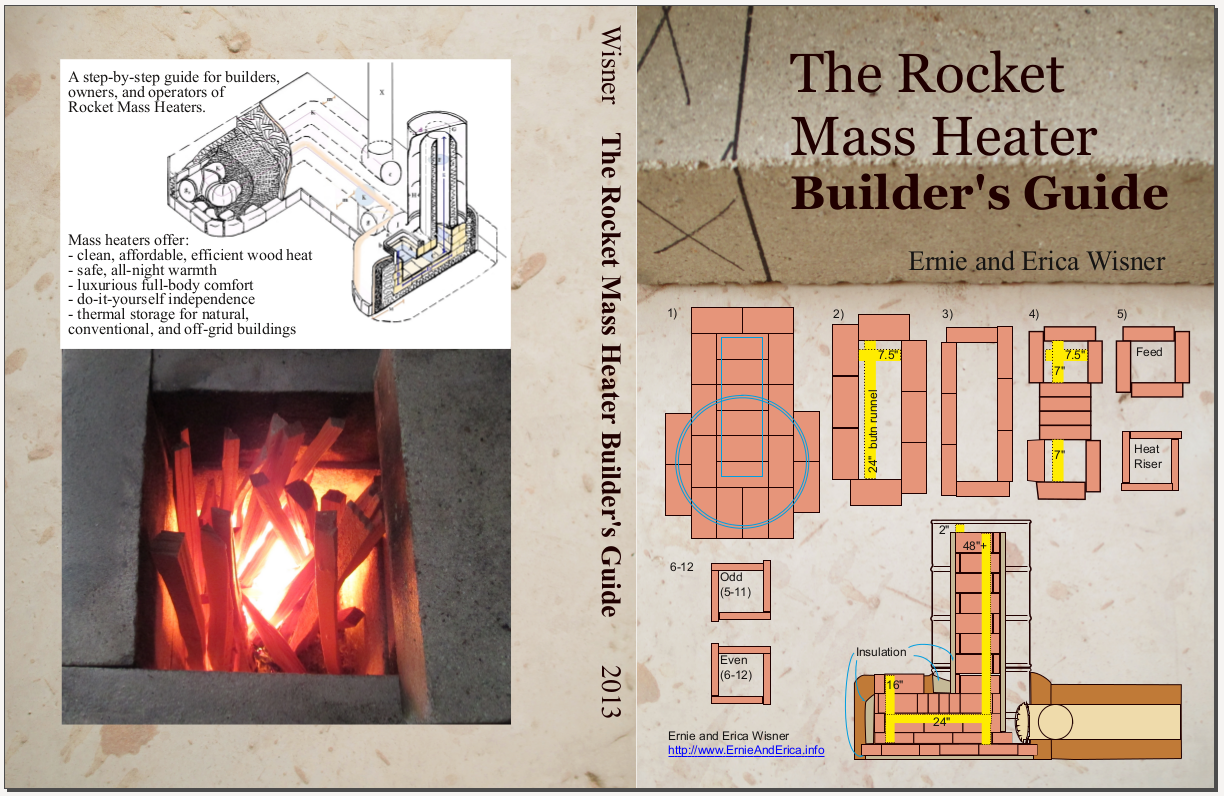





projects blog http://thekulaproject.tumblr.com





For all your Montana Masonry Heater parts (also known as) Rocket Mass heater parts.
Visit me at
dragontechrmh.com Once you go brick you will never go back!




Success has a Thousand Fathers , Failure is an Orphan
LOOK AT THE " SIMILAR THREADS " BELOW !




projects blog http://thekulaproject.tumblr.com










 load al 19 short videos to 3/8ths of an entire E & E RMH build, any problems
load al 19 short videos to 3/8ths of an entire E & E RMH build, any problems
Success has a Thousand Fathers , Failure is an Orphan
LOOK AT THE " SIMILAR THREADS " BELOW !




projects blog http://thekulaproject.tumblr.com










Success has a Thousand Fathers , Failure is an Orphan
LOOK AT THE " SIMILAR THREADS " BELOW !






God of procrastination https://www.youtube.com/watch?v=q1EoT9sedqY




 Or what are they called in English? I switched to english mode on that site but they didn't seem to be linked. I will definitely see if those are an option here.
Or what are they called in English? I switched to english mode on that site but they didn't seem to be linked. I will definitely see if those are an option here.
projects blog http://thekulaproject.tumblr.com










Success has a Thousand Fathers , Failure is an Orphan
LOOK AT THE " SIMILAR THREADS " BELOW !





projects blog http://thekulaproject.tumblr.com










Success has a Thousand Fathers , Failure is an Orphan
LOOK AT THE " SIMILAR THREADS " BELOW !

 1
1















God of procrastination https://www.youtube.com/watch?v=q1EoT9sedqY
 1
1




projects blog http://thekulaproject.tumblr.com

|
Something about .... going for a swim. With this tiny ad ...
The new purple deck of permaculture playing cards
https://www.kickstarter.com/projects/paulwheaton/garden-cards
|






